Path of Exile 2: Passive Skill Tree Guide

| RRP | $29.99 |
| Price At EF | $16.45 |
Path of Exile 2 brings some exciting changes as well as a few complexities to its iconic Passive Skill Tree. It’s an innovative method for you with new ways to build powerful characters. It features over 1,500 nodes along with shared accessibility across all classes plus the introduction of dual specialization. The Skill Tree is an intricate puzzle of choices. This POE 2 Passive Skill Tree guide simplifies its mechanics and explains its structure with node types. Also, you will learn how to optimize your build.
What is the Path of Exile 2 Passive Skill Tree?
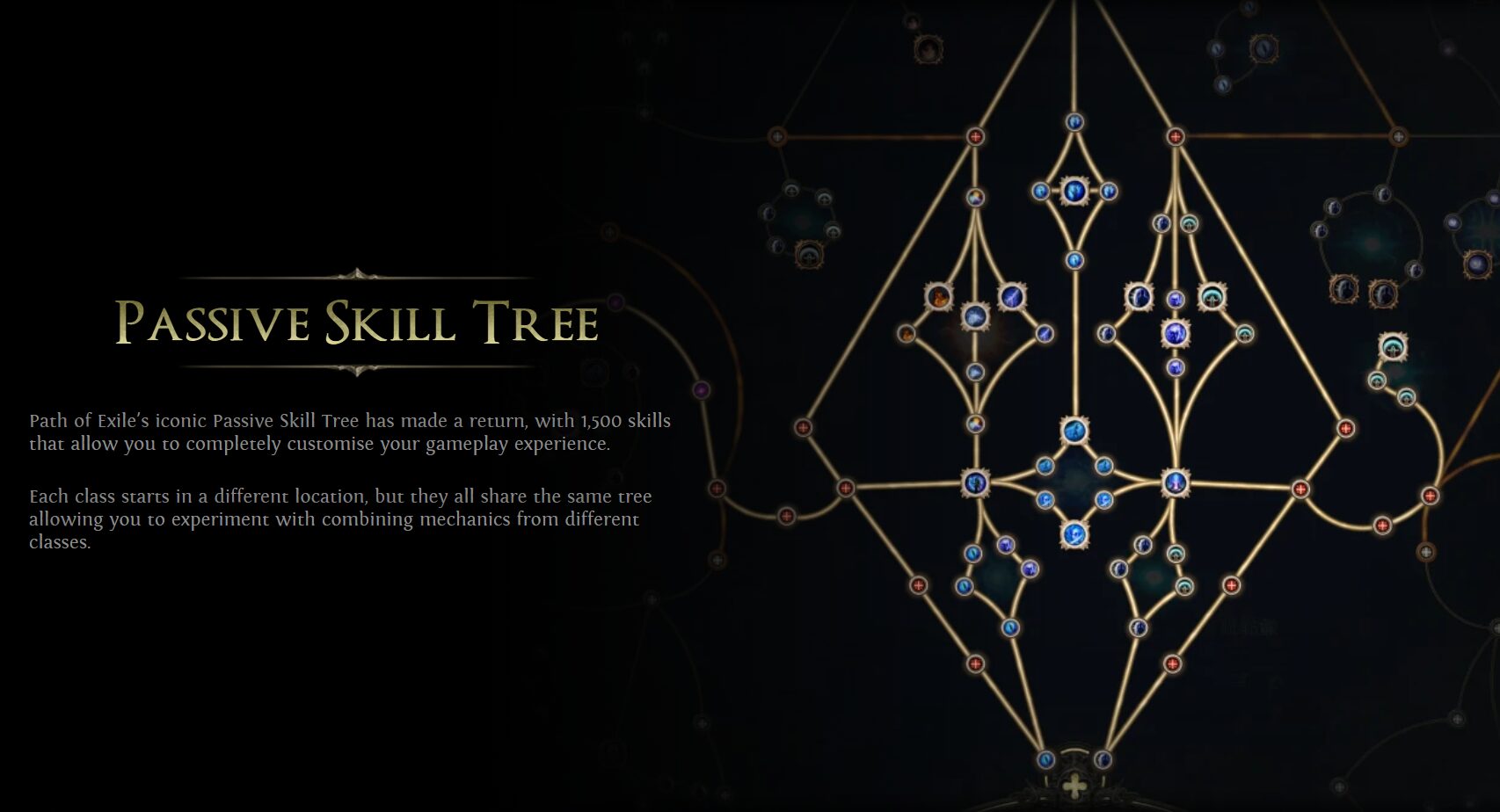
The Passive Skill Tree in Path of Exile 2 is a vast web of nodes. Each on the skill tree represents a specific boost or ability modifier. While every class starts in a unique location, the tree is shared across all classes. This sharing gives you the freedom of maximum customization. Nodes range from basic attribute boosts to game-changing effects through Keystones. All these changes in Skill Tree boost experimentation without the fear of permanent mistakes.
Each level grants a skill point to allocate a node so that every decision you make is impactful. However, flexibility is built into the system you to respec points for a cost in gold.
Types of Nodes
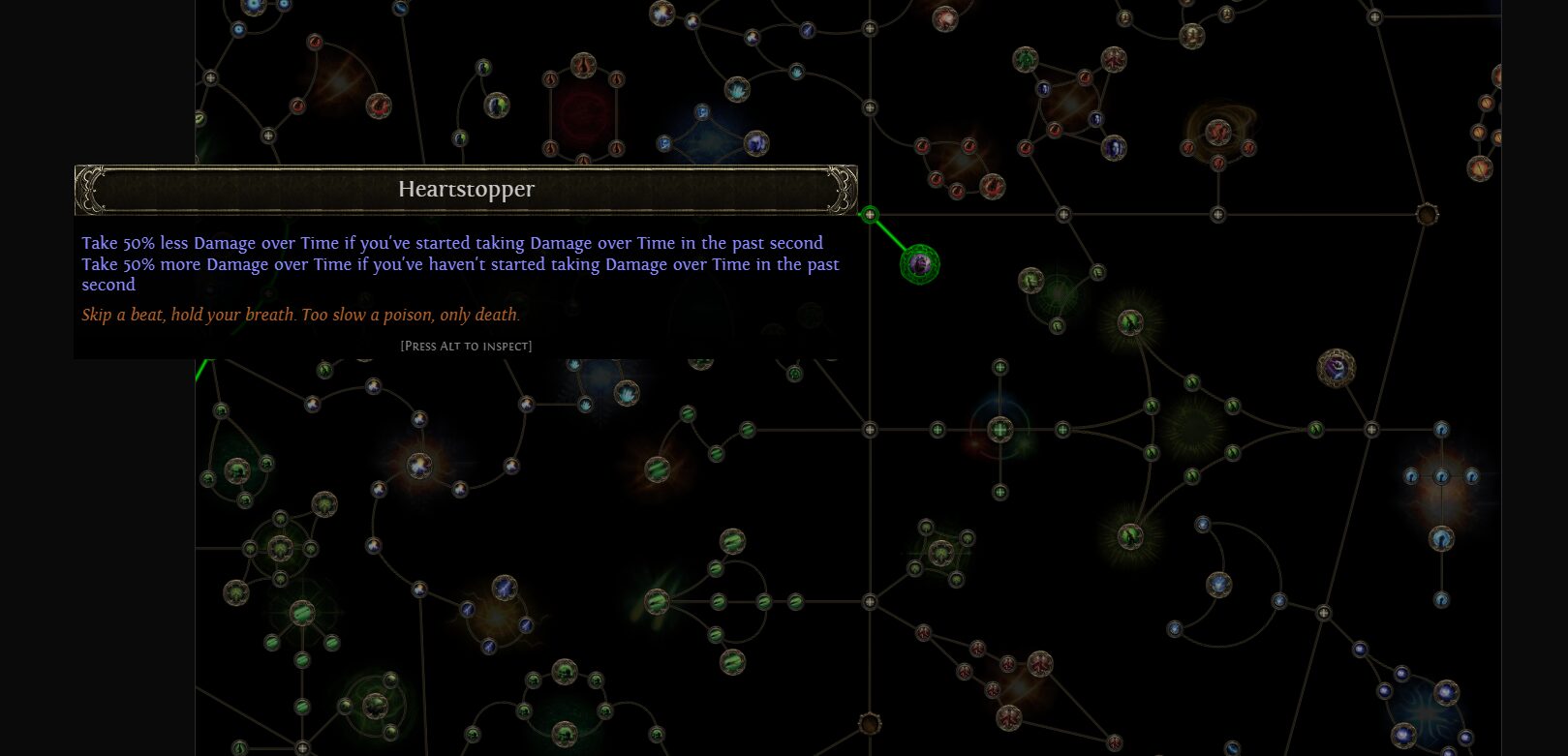
Grinding Gear Games introduced tree features with three primary node types for different purposes.
Attribute Nodes
Attribute Nodes provide flat bonuses to Strength, Dexterity, or Intelligence. These nodes are essential early in the game to strengthen your character’s foundation. For example, a Strength boost increases melee damage, while Dexterity increases evasion and accuracy.
Notable Nodes
Notables are larger, more significant nodes often located at the end of attribute clusters. They offer advanced effects, such as boosting specific damage types or altering skill behaviors. A good example is Shrapnel. This notable node adds piercing and ricochet properties to projectiles.
Keystones
Keystones are unique and transformative nodes that define builds in POE 2. They come with trade-offs and offer extreme power. A good example of Keystone is Mind Over Matter. It redirects damage to mana before health but halves mana regeneration. However, building around Keystones often requires additional support nodes to mitigate their drawbacks.
New Dual-Specialization Mechanic
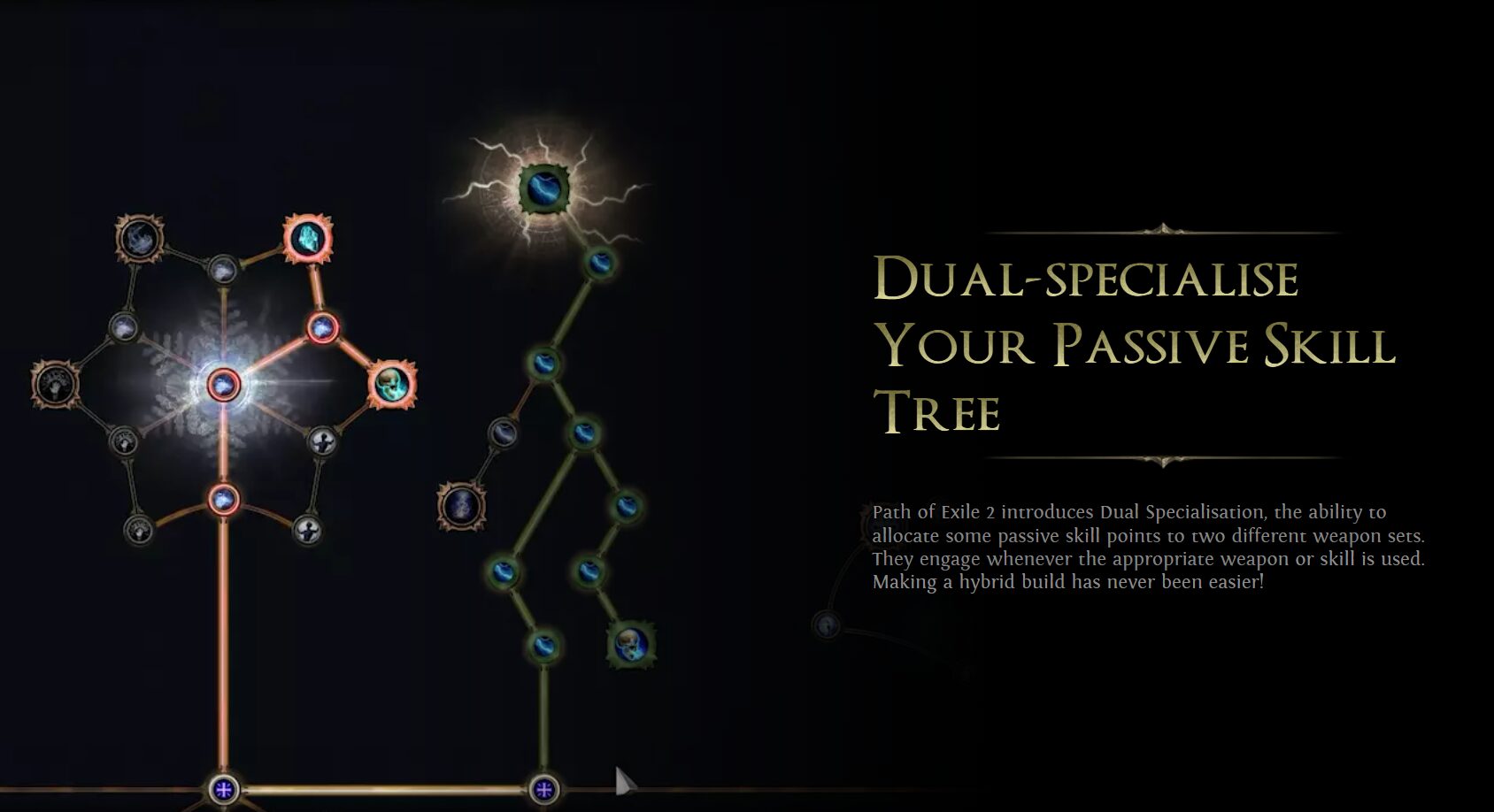
Path of Exile 2 introduces dual-specialization which allows you to allocate passive points to two weapon-specific trees. This feature dynamically switches nodes based on the equipped weapon for hybrid builds.
For example, if you’re using a bow for ranged attacks, you can specialize in projectile upgrades while switching to melee for close combat gains entirely different passives.
Weapon Specialization in the Passive Skill Tree
The Weapon Specialization system works very well with the Passive Skill Tree. Passive points tied to a weapon set activate only when that weapon is equipped for skills and passives to synergize based on the current weapon.
You can assign a powerful melee-focused tree to your primary weapon while equipping a crossbow with projectile-specific nodes for ranged encounters. It becomes a strategic advantage in complex fights when you switch between sets.
How To Earn Passive Skill Points
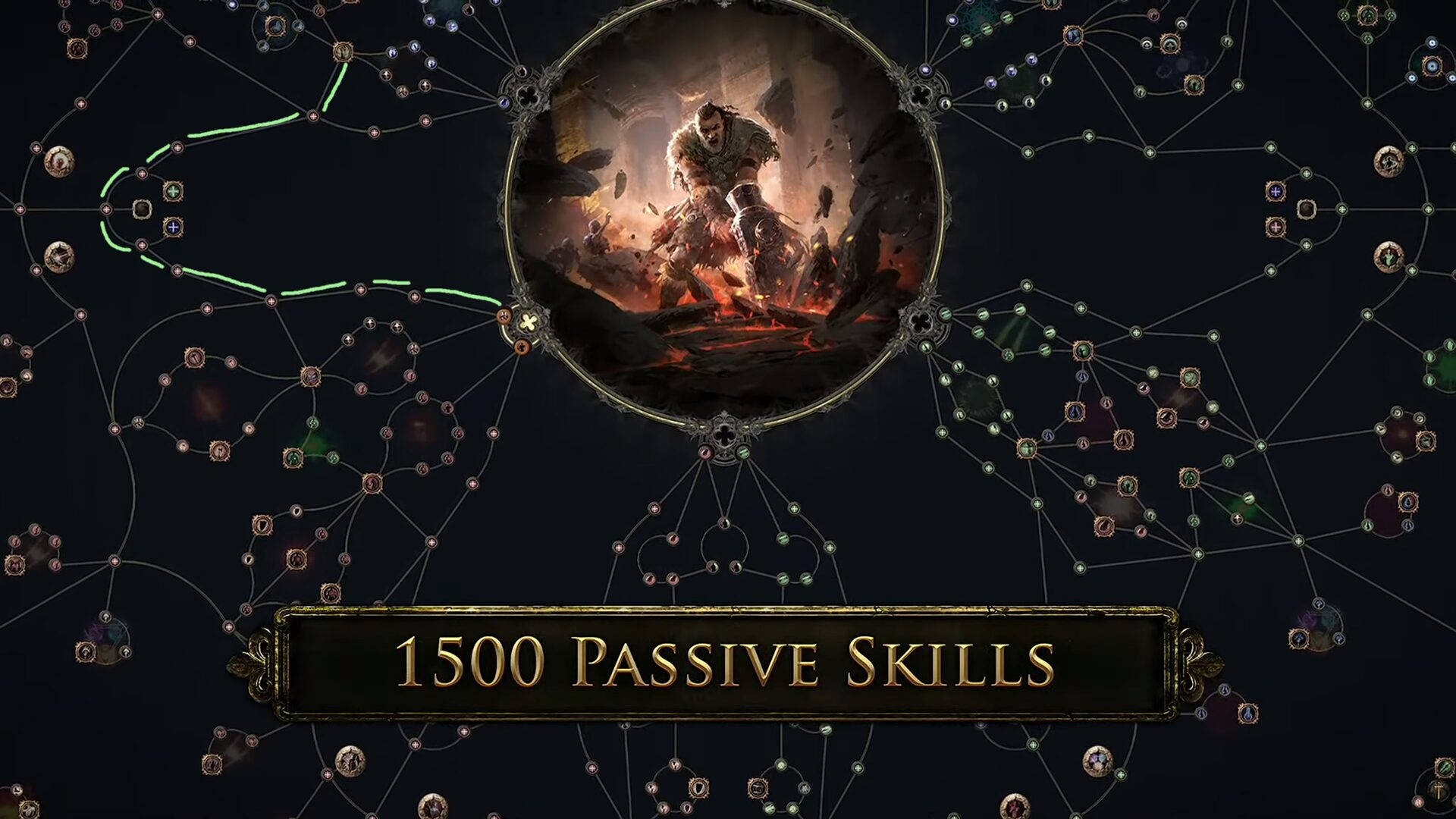
The primary source of passive points is leveling up, but additional points are available through quest rewards and optional objectives.
Quest Items
Many side quests reward quest items, identifiable by green names that grant extra passive points.
Bosses
Skull-marked bosses on the map often drop items providing additional skill points. These encounters require exploration and are worth the effort.
How To Use Passive Skill Points
- You need to focus on attribute nodes and basic damage boosts in the early game. In initial challenges, these nodes provide reliable power for progression.
- It’s important to know that each class starts in an area tailored to its archetype. For example, Dexterity-based Rangers benefit from projectile nodes early on, while Strength-based Warriors gain from melee-centric paths.
- As you level, branch into adjacent areas of the tree to access new mechanics and synergy opportunities.
How to Respec Points
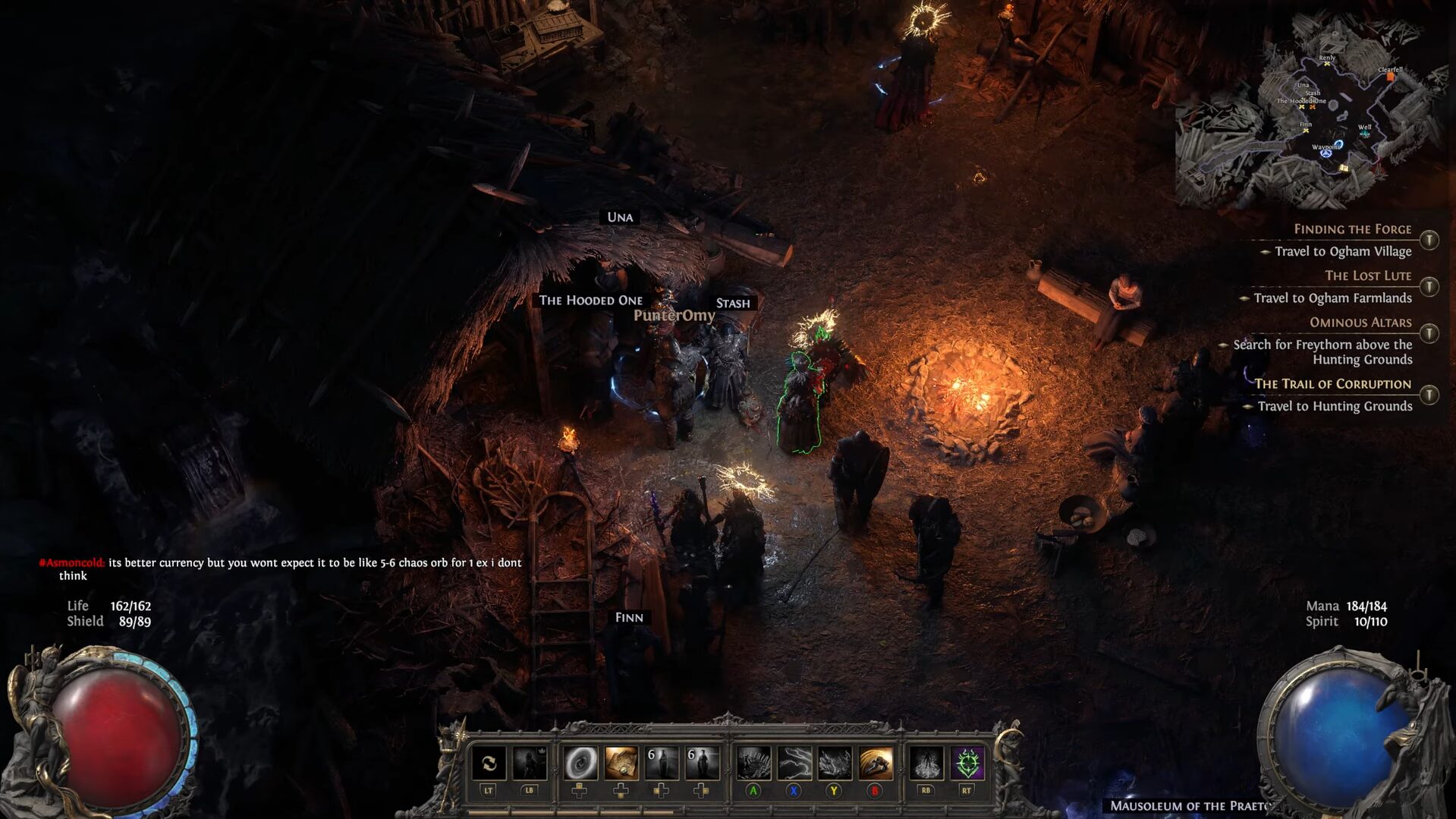
Mistakes happen, but the POE 2 system offers a way to correct them. Using gold, you can respec nodes at any time by visiting the Hooded One, an NPC unlocked in Act 1.
The respec cost scales with level and node depth, making early experimentation more affordable. As your build evolves, you can reroute paths, as Attribute nodes have discounted refund costs.
Builds with Notables and Keystones
| Notables | Identify Notables that align with your core skills. Like, Repeatable Explosives increases grenade skills with a chance for double explosions. |
| Keystones | Build around Keystones carefully. A Keystone like Pain Attunement benefits low-health builds. However, it requires support nodes to sustain damage. |
Attribute Selection
Attribute nodes offer choices between Strength, Dexterity, or Intelligence. You can choose attributes that complement your skills and playstyle. Moreover, it’s important to choose wisely so that your character can adapt to any starting point.
For example
- Strength is ideal for melee builds focusing on physical damage.
- Dexterity is perfect for agile characters relying on evasion and ranged attacks.
- Intelligence suits spellcasters prioritizing mana and energy shields.
Flexibility of Passive Skill Tree
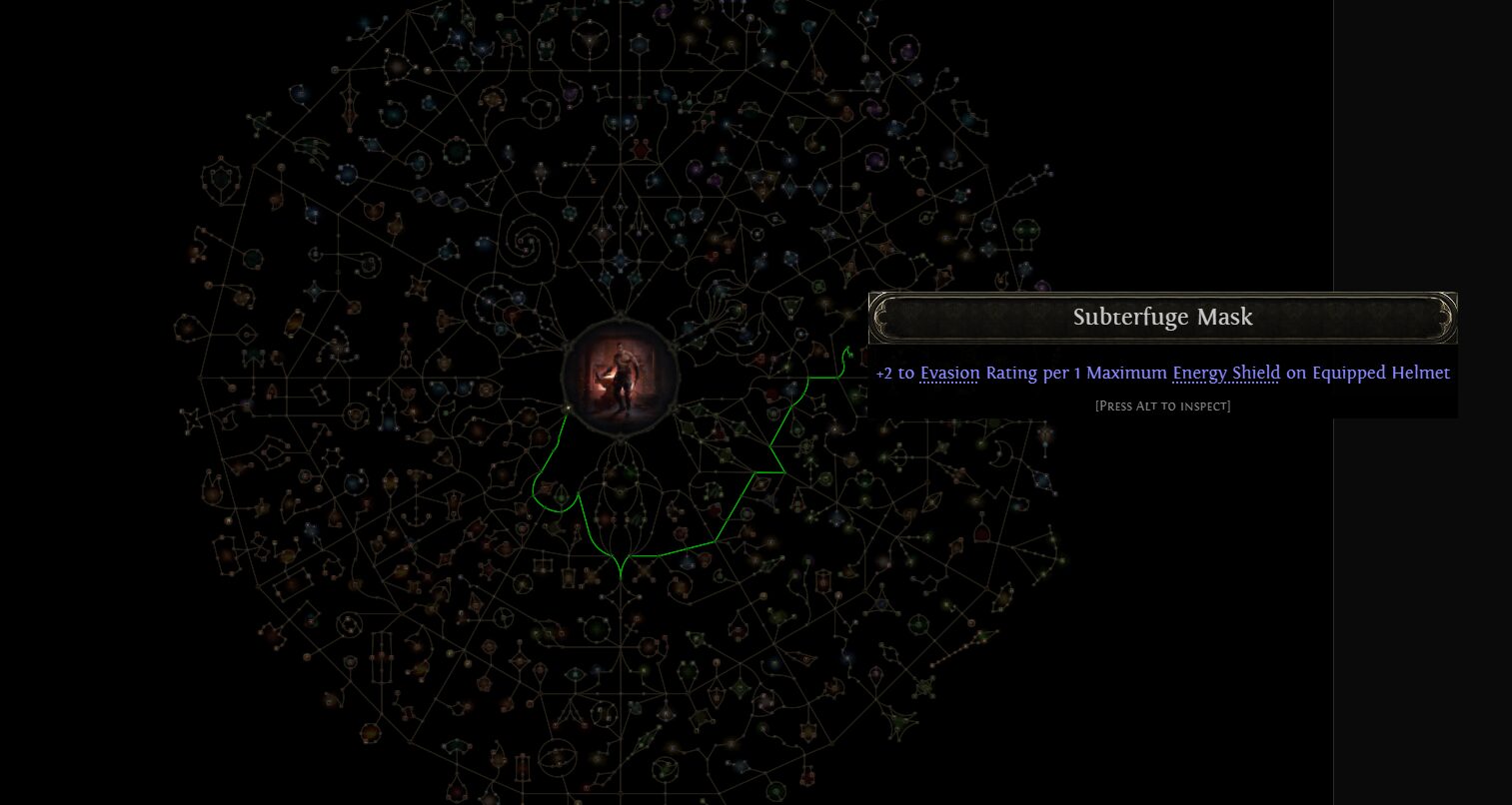
Just like the New Skill Gem System, the Passive Skill Tree is all about customization in POE 2. The Path of Exile 2 Skill Tree is a sandbox for creativity. The shared tree structure is added to the game to blend mechanics across classes. This means that a Sorceress can do melee upgrades, while a Warrior can tap into spell-based damage clusters.
Respecializing points promotes risk-taking. However, with different paths and node combinations, you can adapt to your playstyle in any way you like.
Combine Mechanics From Different Classes
The Path of Exile 2 Passive Skill Tree makes its return from the original game. In POE 2, you can now create builds tailored to your vision. With new features like dual-specialization and its added complexity can make your progression more interesting. It is simply a masterpiece of customization which makes sure that no two builds are alike.
Gaming becomes expensive, but it doesn’t have to be. With Electronic First, you can get the latest games, subscriptions, and DLCs without compromising your budget. We offer them at an unbeatable price. Electronic First is one of the top platforms for digital goods, and we are all about giving you great value for your money.
Want to know about upcoming patches, tips, or new game launches? Check out our blog, packed with the latest updates, gaming news, and insider scoops. Stay tuned, so you don’t miss out on any insights.




